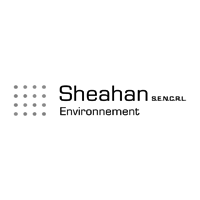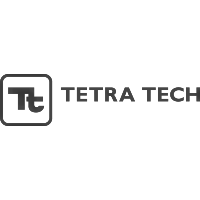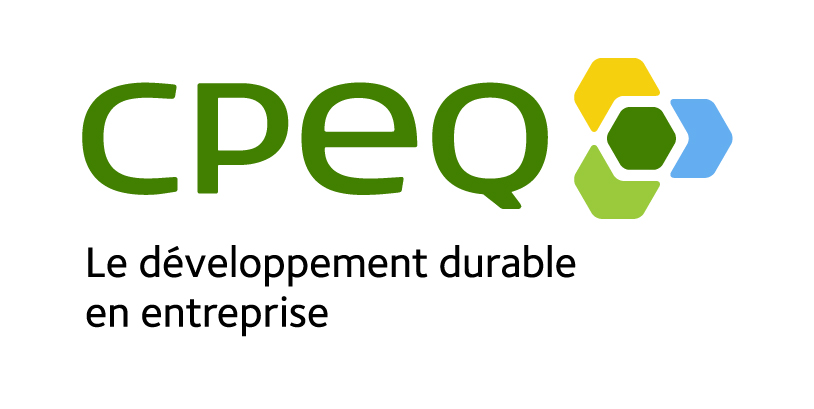History - Carbon market (WCI Inc.)
Various instruments exist for protection of the quality of the environment and to prevent its deterioration. The regulatory tools are the best known, but governments also resort to best practices guides, pollution prevention plans, subsidies granted conditionally on compliance with environmental standards, as well as measures related to royalties and taxes.
Over the past two decades, we have also seen that market logic has been applied to serve the environment, granting companies a limited quantity of emission rights for certain substances, with the possibility of trading these rights. Companies that succeed in reducing substance emissions beyond the fixed thresholds are able to sell their surplus rights, while companies which are unable to reduce their emissions below the fixed threshold must procure such emission rights on the market. These are cap-and-trade mechanisms, another economic instrument used to protect the quality of the environment and prevent its deterioration.
One of the first models of this kind was adopted in 1995, by the United States, to fight air pollutants. The U.S. federal authorities enacted the Clean Air Act in 1990. Its provisions to curb acid rain addressed the reduction of sulphur dioxide (SO2) and nitrogen oxide (NOx) emissions, by instituting emissions quotas applicable to the American energy sector. The unique approach used by the United States in 1995 was to establish emissions trading exchanges for these two substances, so that the industries concerned could optimize their costs of compliance with the new emissions limits. This trading possibility allowed companies that emitted below their quotas to recover a portion of their investments, by selling quotas to companies that had not yet installed desulphurization plants at their generating stations.
In Canada, the federal government adopted a similar model in 1998, by allocating HCFC consumption allowances that companies can transfer under the Ozone-depleting Substances Regulations (1998). It reiterated this approach in its Solvent Degreasing Regulations, by awarding solvent degreasing consumption units and allowing their transfer.
The Province of Ontario implemented a true cap-and-trade approach in 2002 by establishing a sulphur dioxide (SO2) and nitrogen oxide (NOx) exchange, establishing thresholds, distributing allowances and allowing exchanges of SO2 and NOx reduction credits, even with certain American states.
In 2006, Alberta also established a cap-and-trade system for SO2 and NOx emission rights, but only applicable to the electric power industry.
Over the years, the credit trading model was applied to several environmental attributes, whether greenhouse gases with carbon credits, under the system established in Québec and California in 2013, or water with water credits. Phosphorus credits, as developed by the Ontario South Nation Conservation Authority, allow developers or industries to buy phosphorus credits from farmers who have reduced their phosphorus releases by integrating best practices into manure management. This model has also been applied in agriculture, with the nitrogen quotas developed in Europe; in biodiversity with biodiversity credits; in waste management with waste quotas; or in energy with energy efficiency credits.
It is important to note that the credit trading model can either be developed by government authorities, under a regulated market, or be the object of voluntary initiatives, thus resulting in a voluntary market.
The Quebec Context
On January 1, 2013, the Quebec government established its cap-and-trade system, the Système de plafonnement et d'échange de droits d'émission de gaz à effet de serre (SPEDE), commonly known as the carbon market. Since then, companies subject to this system who know that they emit more than 25,000 tons of greenhouse gases annually must reduce their emissions below a certain threshold or procure greenhouse gas emission rights. These emission rights are known as “carbon credits.”
In 2014, Quebec and California officially linked their respective carbon markets under the aegis and supervision of the Western Climate Initiative Inc. (WCI). The first joint auction took place on November 25, 2014.
Then, on January 1, 2015, Quebec distributors of oil and fuel became subject to SPEDE. Since then, these distributors must acquire carbon credits in order to offset the greenhouse gas emissions attributable to oil and fuel distributed to their clients, if these emissions exceed the level of 25,000 tons a year.
Within the context of the expected expansion of the WCI carbon market, CPEQ launched the Environmental Markets Trading Platform (EMTP) in May 2013. By means of this platform, businesses subject to SPEDE and those participating in the carbon market regulated by the WCI can now post information about the emission units (carbon credits) that they wish to sell or purchase.
CPEQ hopes that the EMTP will continue to develop and expand in the coming years, becoming a privileged place for bringing together buyers and sellers of a growing variety of environmental assets.
© CPEQ. ALL RIGHTS RESERVED. 2025



















